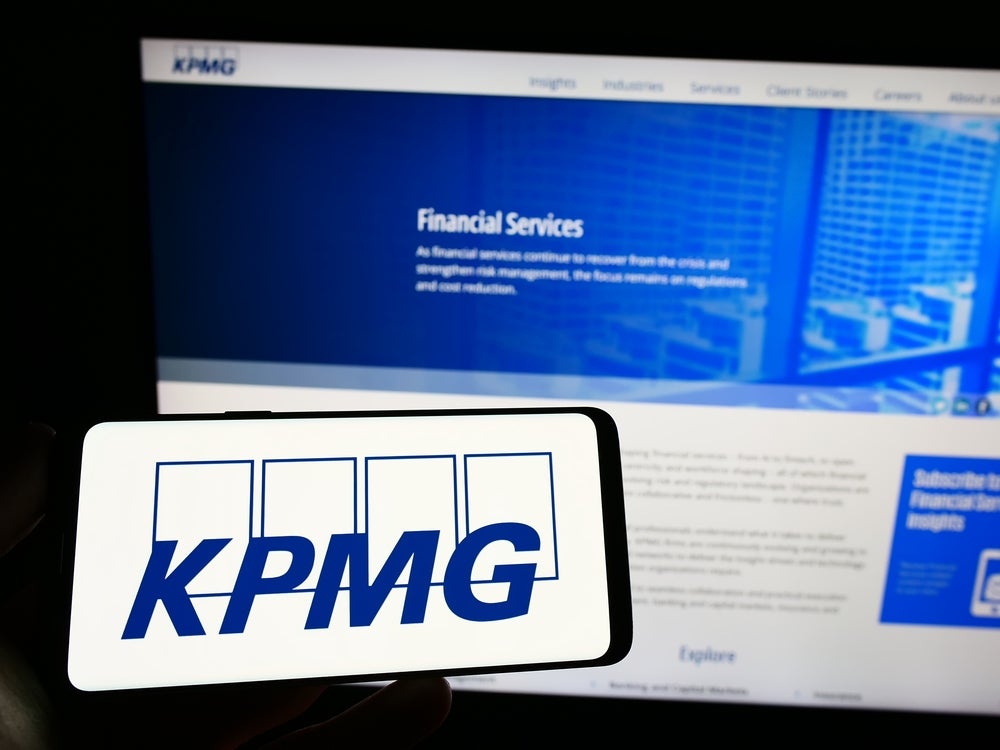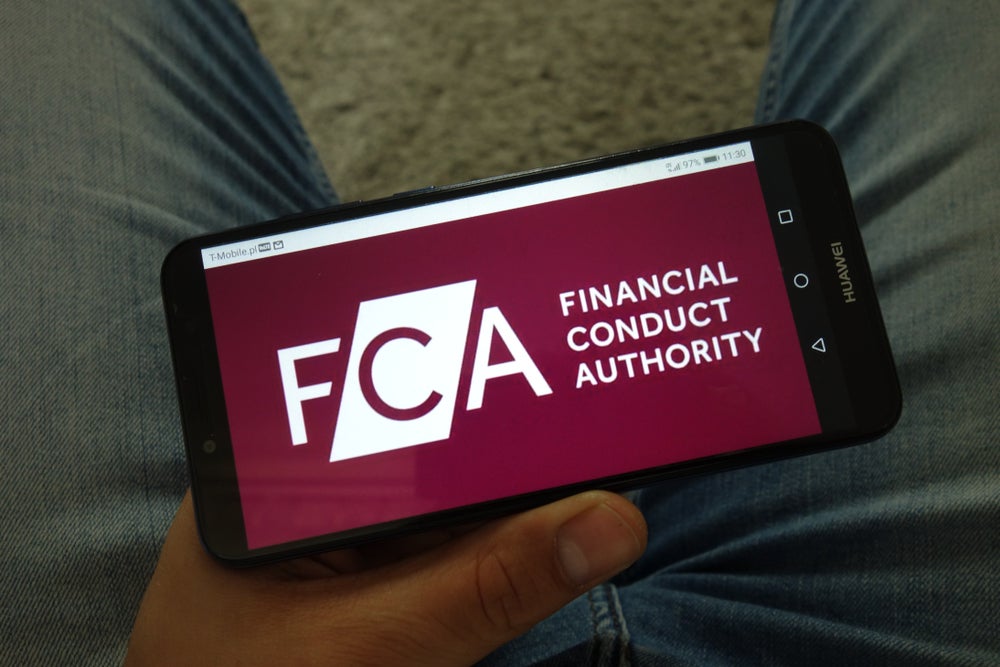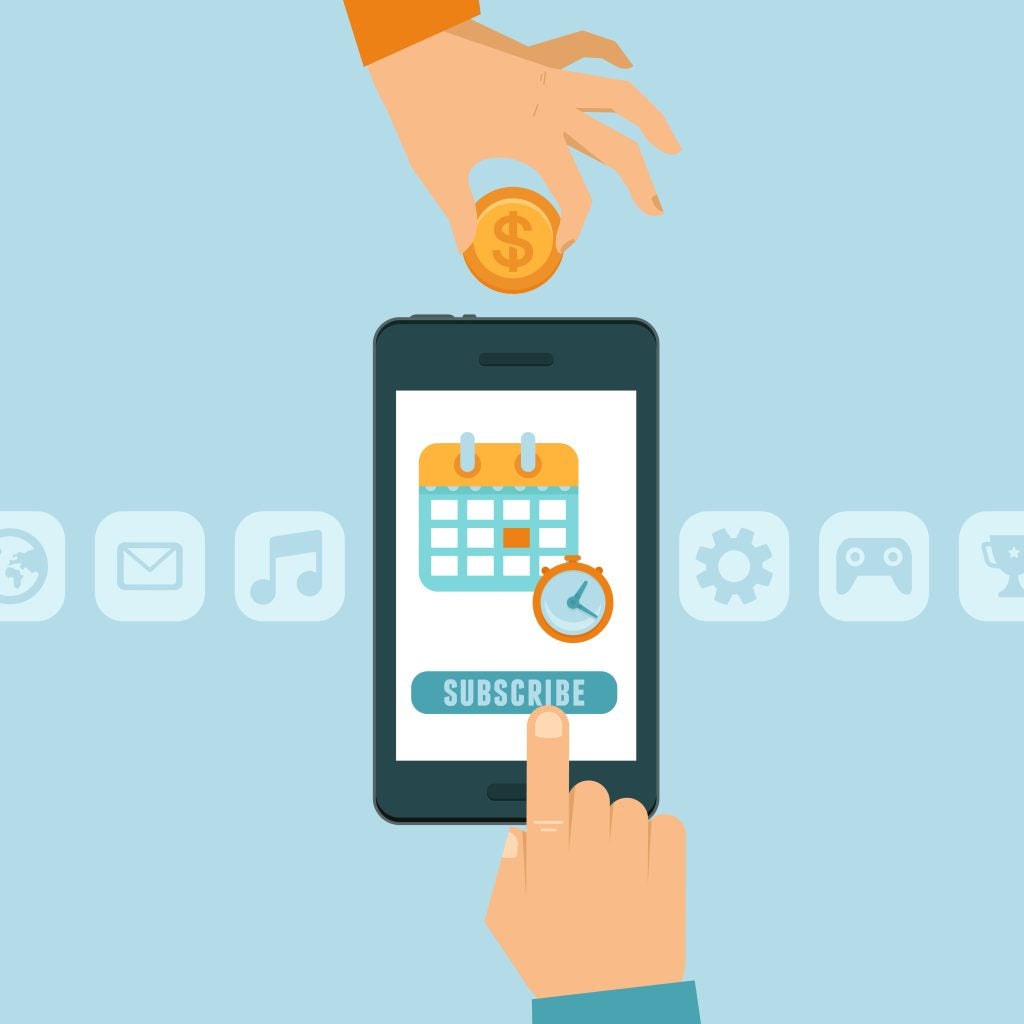Consumer credit is shaky ground. While some consider it useful, others believe it to be a way of bringing consumers into debt. The controversy around payday loans and the after-effects of the global financial crisis has certainly put it into disrepute. However, the UK consumer credit market is strengthening. Patrick Brusnahan reports
Since the beginning of 2014, consumer credit has shown signs of revival. The stock of lending per month has decreased only once between then and June 2015. This has been attributed to the recovery of consumer confidence, which recorded a positive consumer confidence index in August 2014. This was the first positive index since the financial crisis in 2008 and has been positive ever since.
According to a new report from Timetric, Consumer Credit in the UK: Key Trends and Opportunities to 2019, stock of outstanding consumer credit stabilised through 2013 and grew consistently in 2014, recording a positive growth rate throughout the entire year. Total outstanding lending fell from £172.5bn ($267.8bn) to £168.8bn between 2010 and 2014.
While outstanding lending has mostly fallen in the last five years, it has increased since 2013 and recorded a 6.7% growth rate in 2014, to rise from £158.2bn to £168.8bn, and overall stock hit £172.3bn in June 2015, the highest total recorded since November 2010.
Another factor has been the demand for, and availability of, credit rising since the second quarter of 2014. Demand for consumer lending skyrocketed in the fourth quarter of 2014 as payday lenders started pulling away from the market due to more regulations. As a consequence, mainstream banks also loosened their lending criteria to compete. According to the Bank of England’s Credit Conditions Survey, the final quarter of 2014 marked the highest level of consumer lending since before the financial crash.
Record-low interest rates on personal loans are driving other loans in the industry. HSBC became the first lender to break the 5% interest rate barrier for its £7,500-15,000 personal loan in September 2014. This triggered a price war between all mainstream providers as banks and building societies rushed in attempts to get to the top of the comparison tables. This battle has shown no sign of slowing down with Sainsbury’s offering rates as low as 3.5% in August 2015.
How well do you really know your competitors?
Access the most comprehensive Company Profiles on the market, powered by GlobalData. Save hours of research. Gain competitive edge.

Thank you!
Your download email will arrive shortly
Not ready to buy yet? Download a free sample
We are confident about the unique quality of our Company Profiles. However, we want you to make the most beneficial decision for your business, so we offer a free sample that you can download by submitting the below form
By GlobalDataAs a result, lending is cheaper than ever for consumers, which has naturally given the industry a boost. However, the personal loan category was hit harder than any other in the aftermath of the financial crisis and the stock of personal loans remains over £30bn below its January 2008 total, so there is still room for improvement.
The Bank of England’s base rate has been at a record low since March 2009, at 0.5%, giving financial institutions much cheaper access to credit. While this rate looks set to rise in the second quarter of 2016, it had been expected earlier. Record low inflation and weaker global growth was said to delay the increase by at least a quarter.
Consequently, the cost of credit is set to rise and banks will have to pay more for funds. Increases will not be extortionate, the first rise being a maximum of 0.75%, and setbacks should be minimal from this.
Retail sales are soaring and consumers are now more likely to buy higher-value products. Total retail sales have nearly matched their entire 2014 total in the UK during the first six months of 2015 (the annual total up to June 2015 is 98.9% of 2014’s total). The higher-value categories, electronics and computers, are close to meeting their 2014 annual totals, driven by a surge in consumer confidence caused by an increase in real wages.
Total retail sales in the UK have grown every year from 2009 and 2014and rises are set to continue in 2015. Annual retail sales increased at rates of 2.7% in 2010, 5.2% in 2011, 2.3% in 2012, 2.6% in 2013, and 4.9% in 2014 to an average rise of 3.5% each year.
Real wages have been in decline for a majority of the last five years, but an increase in wages from the start of 2014, combined with record-low inflation in 2015, reversed this trend. Clothing, food, oil and air fares have been among the categories that have significantly fallen in price so far in 2015, which has allowed consumers to spend money elsewhere.
Consumer confidence has become much more positive in the last year. The index score was at -13 in January 2014, but rose to 7 in June 2015 and averaged 3.1 in 2015. This is after recording average monthly indexes of -29, -19.9 and -3.75 throughout 2012, 2013 and 2014, respectively.
The consumer credit market is looking solid and the report predicts it to get even stronger through 2015. However, interest rates look set to increase by at least 0.75% in the middle of 2016, which will enhance the cost of credit. On the bright side, improving economic conditions and consumer confidence could ensure that the industry copes with interest rate rises.
Timetric forecasts the stock of consumer credit to grow from £168.8bn to £177.5bn by the end of 2015, to £183bn in 2016, £190.1bn in 2017, £196.9bn in 2018 and £204.6bn at the end of 2019. This constitutes an over growth of 19.6% and an average annual growth of 3.9% through the period.







